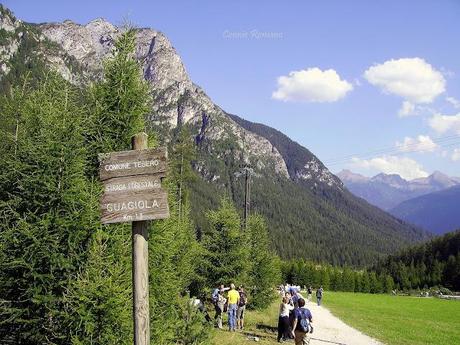
Suddenly a mighty roar went through the green valleys.
Everyone stopped for a moment, the time to understand what was the origin of that thunder.
Some thought the arrival of a summer storm, as usually happens in mountain.
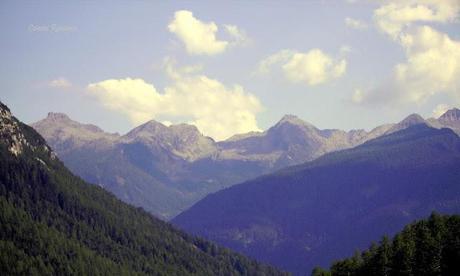
No one could imagine what was happening.

At 12 o'clock and 22 minutes and 55 seconds the collapse of the mine dumps of Prestavel caused a gigantic landslide that literally wiped out the valley of the Rio Stava, where there was the small town of Tesero.
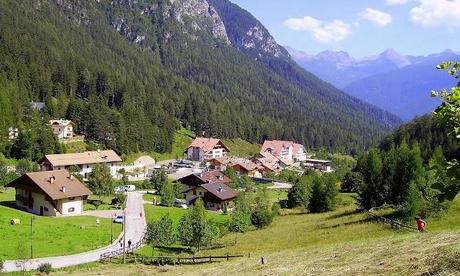
The mudflow began his race so devastating, with a dreadful noise, dark and long. So a huge avalanche of mud, water and debris covered the valley at a speed of 90 km / h, sweeping away everything that went along its path.
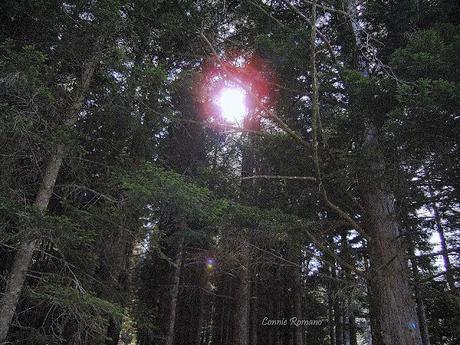
The locals did not even have the time to understand where it came from that awful roar, before joining submerged in a sea of mud.
But what really happened?
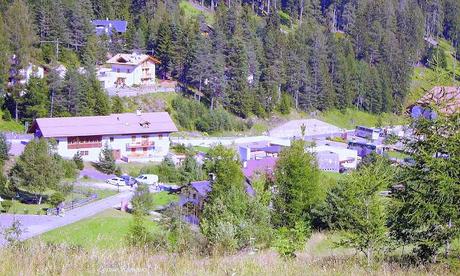
The upper basin of the sludge filtration of Prestavel mine collapsed on the lower one, which in turn gave way, pouring downstream 180 000 cubic meters of mud, which were joined by another 40-50 thousand cubic yards of material drawn from the devastating force of impact.

In just three minutes that river of slime killed 268 people, destroyed 53 houses, 3 hotels, 6 sheds, swept 8 bridges and severely damaged 9 buildings.
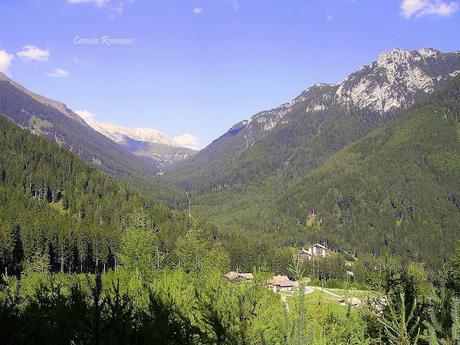
Its deadly race ended four Km further downstream when it flowed in the river Avisio.
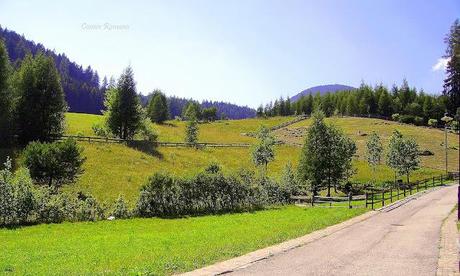
A few minutes after the tragedy a top layer of mud between 20 and 40 cm covered an area of 435,000 square meters.
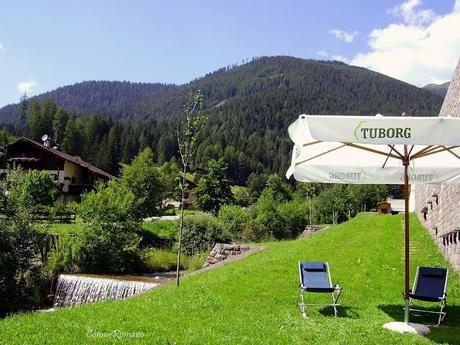
That of July 19, 1985 in Val di Stava was probably the worst disaster ever occurred in the world because of the collapse of landfill mining and remains, even today, with 268 dead and almost 300 billion of damage to property, one of the most serious industrial disasters never happened in the world, second only, in Italy, to the disaster of Vajont.
Of the 268 deaths, 28 were children under 10 years, 31 kids under 18 years, 89 men and 120 women.
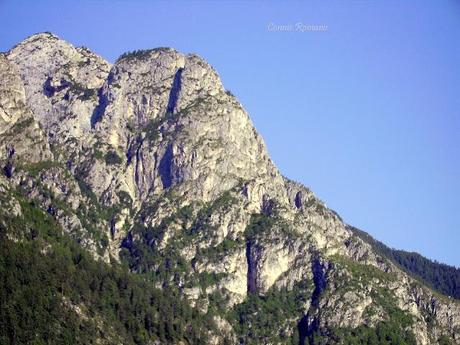
But the community did not give up.
From all over Italy, as always, came the relief, which continued for days and days, to free up the mountain from all that sea of mud.

Today, Val di Stava has become again a quiet vacation spot, crowded with tourists in every season.
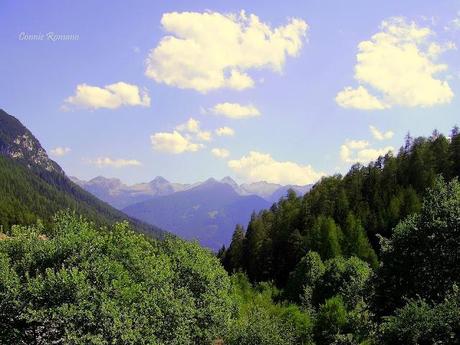
There you can find, to remember the tragedy of 1985, a museum and some mountain trails that lead right where once stood the sludge settling tanks.
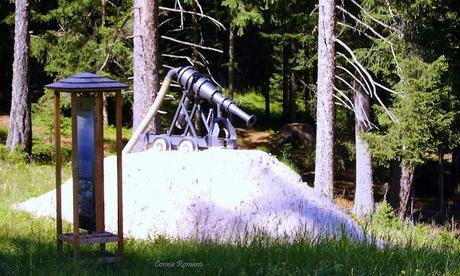
Only by looking carefully to the woods, in the distance, we notice the varying green of the pines: more clear for those younger, more intense for the survivors of the massive destructive landslide.

It’s good to clarify that the disaster was not determined by a fatality, or natural disaster. It is the result of a series of human errors and negligence, omitted controls and a flawed law that allowed too much freedom of choice in the management of the concessionaire companies of mining.
The criminal proceedings to determine the responsibilities ended in June 1992 with the conviction of 10 defendants of crimes of culpable disaster and multiple manslaughter, namely: those responsible for the construction and operation of the upper basin, which collapsed first, the directors of the mine and responsible for some of the companies that intervened in the assessments about the construction and growth of the upper basin, from 1969 to 1985.
The number of companies that were found guilty: Montedison, marble and granite industry, Imeg Spa on behalf of Fluormine, Snam Spa on behalf of Solmine Spa, Prealpi Mineraria Spa.
Finally were condemned the responsibles of mining district of the Autonomous Province of Trento, which omitted every control on landfills.
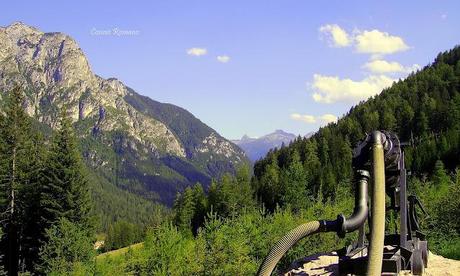
Unfortunately this is just one of many Italian stories (but not only) in which many (too many) innocent citizens pay the disastrous consequences of the greed of a few unscrupulous speculators.
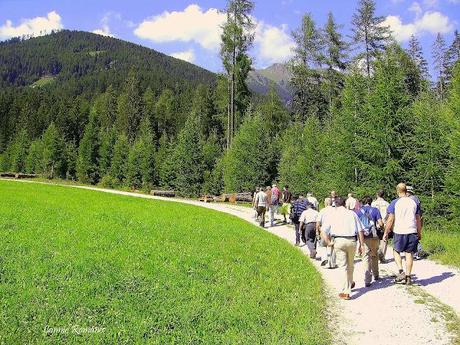
STAVA 1985
Established after the Val di Stava disaster, by the Community of Fiemme, the municipalities of Tesero, Longarone and Cavalese, the "Stava 1985 Foundation" has set itself the goal of "active memory".
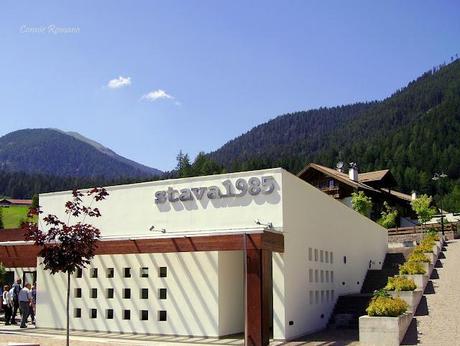
A memory which has not an end in itself, but whose main purpose is to ensure that the 268 deads they did not die in vain.
For this, knowledge and information are fundamental to understanding what is the origin of such disasters, and how they can be avoided.
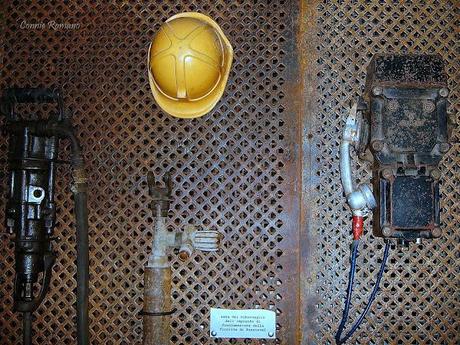
The emotional museum "STAVA 1985", the touching documentary, directed by Gabriel Cipollitti and the boys and girls of the town of Tesero, have a very specific purpose: to alert the responsibility of everyone, from the smallest to the largest, so that similar tragedies do not have to happen again in the world.
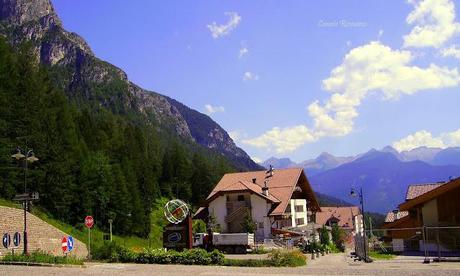
KAISERSCHMARRN
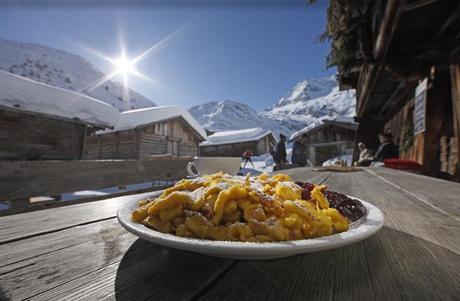
Ingredients
(serves 4) 5 eggs
250 g flour 00
50 g of granulated sugar
50 g of raisins
40 g of butter
icing sugar
salt
Preparation
Put the raisins to soak in warm water for at least 30 minutes.
Whip the egg yolks in a bowl together with the granulated sugar, then add, while stirring, to sifted flour, a pinch of salt, milk and raisins well drained.
Whisk the egg whites until stiff and incorporate the batter gently, stirring from the bottom up not to dismantle them.
Melt the butter in a large frying pan, then pour the mixture, which should have a thickness of about 1 cm, and let it brown.
With the help of two forks, cut the frittata into small pieces, and then turn and let them brown on the other side.
Serve the Schmarrn immediately, piping hot, sprinkled with icing sugar to taste, and accompanying it with a cranberry sauce.

